The Greatest Persian Poets throughout the History
Persian poetry, a vibrant tapestry of centuries, showcases unique contributions from poets who have shaped cultural and literary landscapes.
From early Islamic Persia to periods of literary and mystical flourishing, these poets have significantly influenced world literature.
Join us on a chronological journey through the lives and works of key Persian poets like Rudaki, Ferdowsi, Omar Khayyam, and Rumi. Each poet's distinct voice mirrors the socio-cultural, spiritual, and philosophical currents of their time, revealing the profound beauty and wisdom of Persian poetry.
The Best Persian Poets of All Time
- Rudaki
- Ferdowsi
- Ansari
- Baba Tahir
- Omar Khayyam
- Nezami
- Attar
- Rumi (Mowlavi)
- Saadi
- Hafez
- Jami
Rudaki (c. 858–941 CE): Father of Persian Poetry
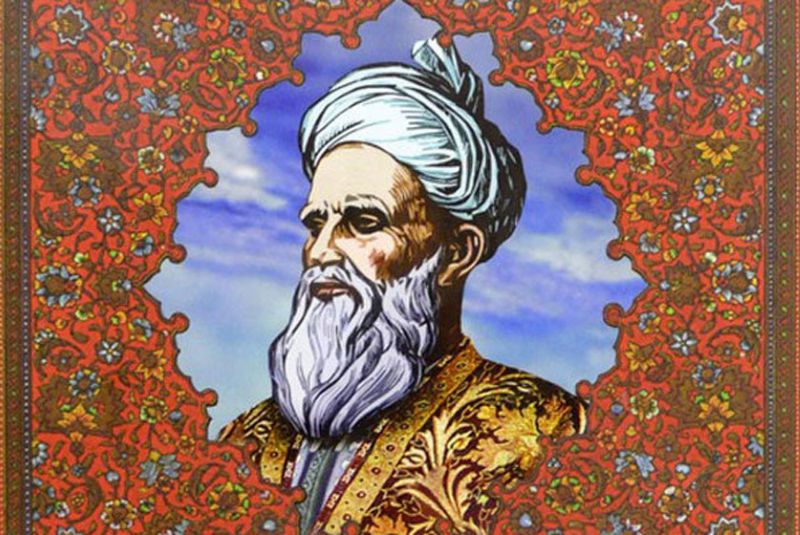
هر که نامخت از گذشت روزگار
نیز ناموزد ز هیچ آموزگار
Whoever is not written in the annals of time,
Learns not from any instructor sublime.
Rudaki, often referred to as the "Father of Persian Poetry," "Adam of Words" and "Sultan of Poets," was a one of the renowned Persian poets who lived during the 9th and 10th centuries. His exact birth date is uncertain, but he is believed to have been born around 858 CE in the city of Rudak, located in present-day Tajikistan. Rudaki was blind from childhood, which is a notable aspect of his life that influenced both his perspective and his poetic expression.
Rudaki served as a court poet in the Samanid Empire, which spanned parts of modern-day Iran, Uzbekistan, and Tajikistan. He gained the patronage of Nasr II, a Samanid ruler, and enjoyed a position of esteem at the Samanid court.
Poetic Style:
Rudaki is celebrated for his mastery of various poetic forms, including qasidas (odes), ghazals, and rubais (quatrains). His poetry is characterized by its elegance, vivid imagery, and profound philosophical insights. Rudaki often drew inspiration from nature, using it as a metaphor for the human experience. His verses are rich in symbolism and convey a deep appreciation for the beauty of the world.
Rudaki's poetry reflects the cultural and intellectual milieu of his time, drawing on themes of love, mysticism, and the transient nature of life. His work also contains elements of courtly praise and panegyric, reflecting his role as a court poet. Additionally, he contributed to the development of classical Persian literature by incorporating pre-Islamic Persian cultural and literary traditions into his work.
Famous Works:
Unfortunately, much of Rudaki's original work has been lost over the centuries. Only a small fraction of his poetry has survived. Rudaki gained recognition for his notable accomplishment in transforming the Kalila wa-Dimna, a compilation of Indian fables, into verse. Under Nasr II's directive, Bal'ami was tasked with translating the book from Arabic to Persian. To facilitate Rudaki's involvement, "interpreters" were assigned to orally convey the content, enabling the blind poet to craft his versification.
| Discover: Persian Art
Ferdowsi (c. 940–1020 CE): Epic Poet of the Shahnameh
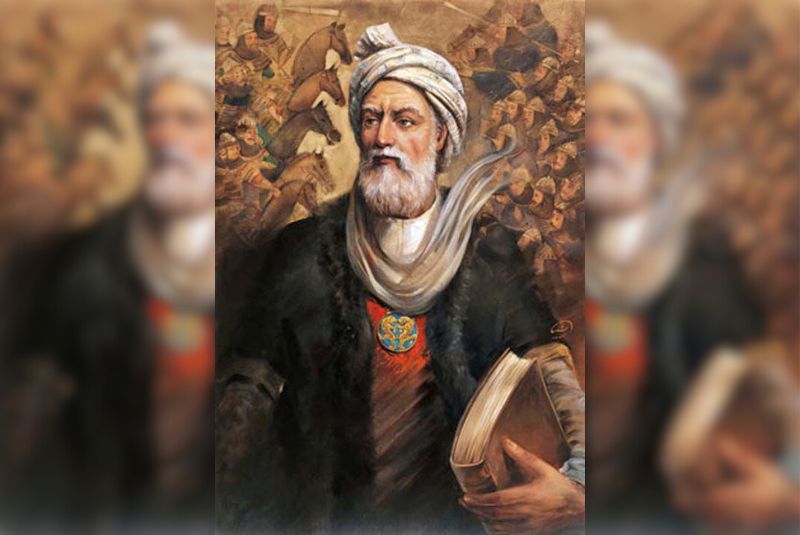
اگر دانشی مرد گوید سخن
تو بشنو که دانش نگردد کهن
If a knowledgeable man speaks a word,
Listen, for knowledge never grows old.
Ferdowsi, born around 940 CE in Tus, Khorasan (in present-day Iran), is renowned for his epic masterpiece, the Shahnameh (Book of Kings). Little is known about his personal life, but Ferdowsi is believed to have come from a family of landowners. His magnum opus, the Shahnameh, is a comprehensive poetic history of Iran, from mythical times to the fall of the Sassanian Empire.
Ferdowsi is often affectionately referred to as "Hakim" (meaning "wise" or "knowledgeable") and "Tusi."
Poetic Style:
Ferdowsi wrote in classical Persian, preserving and revitalizing the Persian language during a time when Arabic was dominant in the region. The Shahnameh, composed in epic verse, showcases Ferdowsi's command over language and his ability to craft vivid narratives. His style combines rich imagery, metaphorical language, and a keen sense of storytelling.
Ferdowsi infused his work with moral and ethical reflections, contributing to the shaping of a national identity rooted in Iranian history and mythology.
| Suggestion: Persian Calligraphy
Ansari (1006–1088 CE): Pioneer of Sufi Poetry
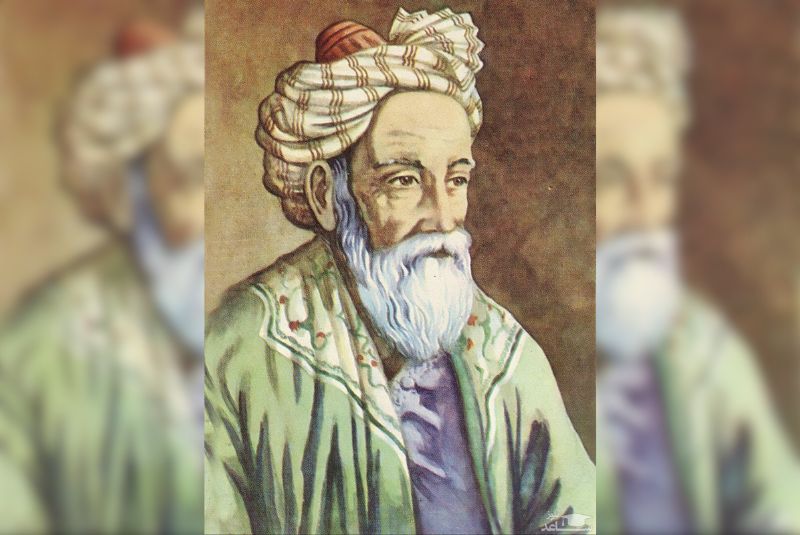
این جهان وآن جهان وهرچه هست
عاشقان را روی معشوق است وبس
گر نباشد قبلۀ عالم مرا
قبلۀ من کوی معشوق است وبس
This world, that world, and all that exists,
Lovers find their beloved's face, persist.
If the world has no cosmic guide,
My beloved's alley becomes my guide.
Hakim Sanai, also known as Sanai Ghaznavi or Sanai of Ghazna, was born around 1006 CE in the city of Ghazni, located in present-day Afghanistan. Little is known about his personal life, but it is believed that he spent a significant portion of his life in the cultural and intellectual milieu of Ghazni.
Poetic Style:
Hakim Sanai is celebrated for his mystical and philosophical poetry among famous Persian poets, often associated with Sufism. His poetic style is characterized by its depth, spiritual insight, and use of allegory. Sanai's work explores themes of divine love, the quest for truth, and the mystical journey of the soul. His philosophical approach emphasizes the importance of spiritual awakening and the transcendent aspects of human experience.
Famous Works:
Sanai's most notable work is the "Hadiqat al-Haqiqa" or "The Garden of Truth," a poetic masterpiece that explores the themes of divine love and the spiritual journey. This work is considered one of the earliest examples of Persian mystical poetry and has had a profound influence on later Sufi poets.
| Learn about: Persian Miniature
Baba Tahir (c. 1000–1055 CE): Master of Quatrains
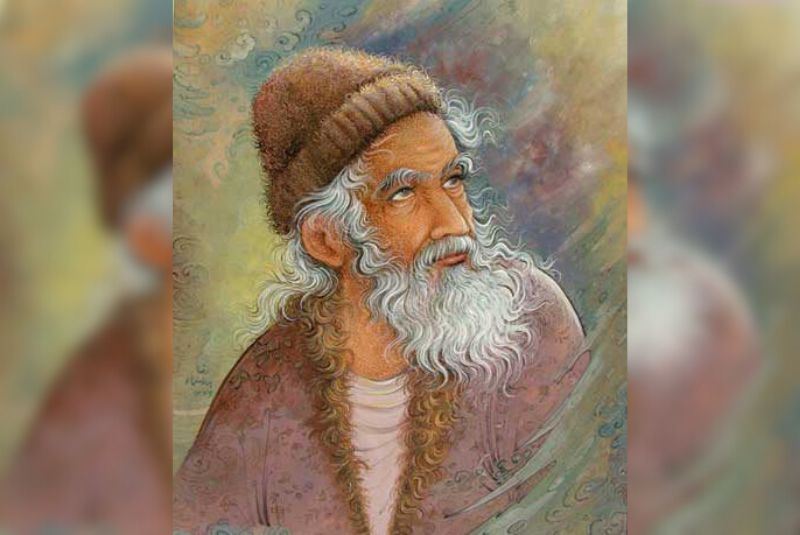
یکی درد و یکی درمان پسندد
یکی وصل و یکی هجران پسندد
من از درمان و درد و وصل و هجران
پسندم آنچه را جانان پسندد
One pain and one remedy are favored,
One union and one separation are savored.
In remedy, pain, union, and separation's art,
I favor whatever my beloved's heart.
Baba Tahir lived during the 11th century, around 1000-1055 CE. He was born in the city of Hamadan, located in present-day Iran. Baba Tahir's life is shrouded in mystery, and details about his personal history are scarce. Legend has it that he lived as a wandering dervish, emphasizing spiritual pursuits over worldly affairs.
Baba Tahir is also known as Baba Tahir Oryan or Baba Tahir-e Oryan. "Oryan," meaning "the Naked" or "the Barefooted," was given to him as his lifestyle was ascetic and detached from material possessions.
Poetic Style:
Baba Tahir is celebrated for his simple yet profound style of poetry. His verses are characterized by their sincerity, directness, and folkloric elements. He often expressed deep philosophical and mystical ideas using the language of everyday people, making his poetry accessible to a wide audience.
Baba Tahir's poetry reflects the social and cultural milieu of his time, providing insights into the lives of ordinary people. While his work is not overtly philosophical, the themes of love, mysticism, and the human condition permeate his verses.
Famous Works:
One of Baba Tahir's most famous works is his collection of quatrains, often referred to as "Rubaiyat-e Baba Tahir." These quatrains express themes of love, spirituality, and the human connection to the divine. Baba Tahir's poetry is characterized by its authenticity and the resonance of its themes with the common people.
| Discover the art of Persian Sculpture
Omar Khayyam (1048–1131 CE): Philosopher-Poet of Rubaiyat
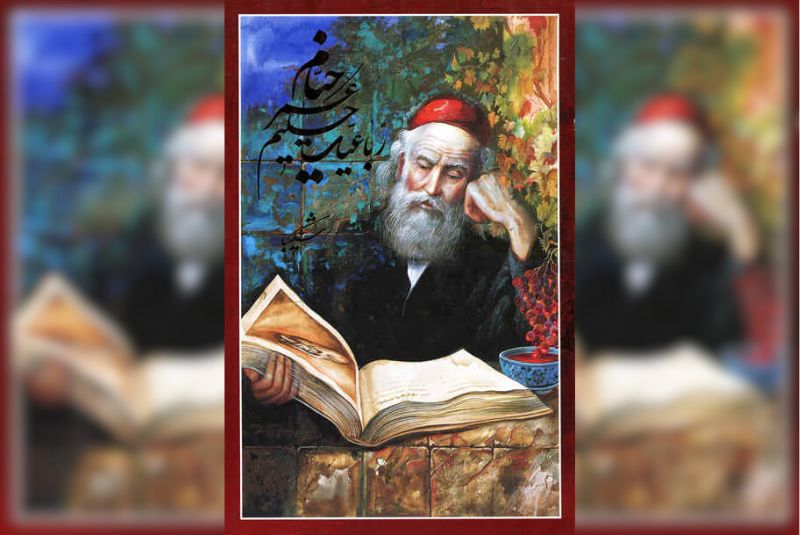
آن قصر که جمشید در او جام گرفت
آهو بچه کرد و روبه آرام گرفت
بهرام که گور میگرفتی همه عمر
دیدی که چگونه گور بهرام گرفت
The palace where Jamshid once held the cup,
Became a deer's playground, the fox's restup.
For all his life, Bahram sought the grave,
See how a grave for Bahram the earth gave.
Omar Khayyam was born in Nishapur, Iran, in 1048. He was not only a poet but also a mathematician, astronomer, and philosopher. Khayyam's contributions to various fields have left a lasting impact, but he is most widely known for his poetic works.
Poetic Style:
Omar Khayyam's poetry, particularly his Rubaiyat (quatrains), is characterized by its rich imagery, philosophical depth, and contemplation of life's uncertainties. His verses often explore themes such as the transience of life, the pursuit of pleasure, and the mysteries of existence. Khayyam's poetry is known for its eloquence and ability to convey complex ideas in a concise and accessible manner.
Khayyam's poetry often reflects a skeptical and hedonistic perspective, questioning traditional beliefs and urging people to savor the present moment.
Famous Works:
Khayyam's most famous work is the collection of quatrains known as the "Rubaiyat of Omar Khayyam." These verses were originally written in Persian and have been widely translated into numerous languages. The Rubaiyat gained widespread popularity in the 19th century when it was translated into English by Edward FitzGerald. The verses express a blend of skepticism, hedonism, and a deep appreciation for the fleeting nature of life. His verses challenge conventional wisdom, encouraging readers to question and ponder the complexities of existence.
Nezami (c. 1141–1209 CE): Master of Sufi Romance
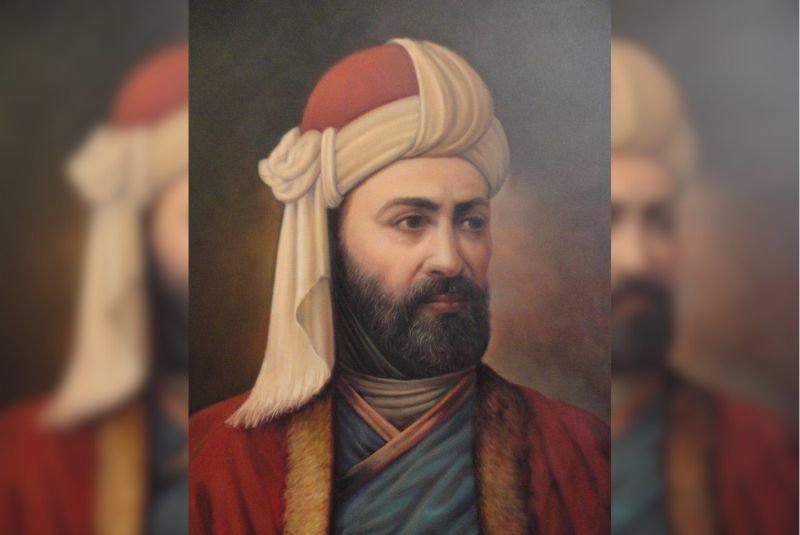
عاشق شدهام بر تو تدبیر چه فرمایی
از راه صلاح آیم یا از ره رسوایی؟
تا جان و دلم باشد من جان و دلت جویم
یا من به کنار افتم یا تو به کنار آیی
I have become a lover, what plan do you decree?
Shall I come through virtue or disgracefully?
As long as my soul and heart are mine,
Either I fall beside you, or you come to align.
Nezami, known as Nezami Ganjavi, was born around 1141 CE in Tafresh, a village near Qom, located in present-day Iran. Despite the historical misunderstanding that often places his birth in Ganja, Nezami spent his formative years in Tafresh. He lived in Ganja, located in present-day Azerbaijan, during the Seljuk Empire and received a comprehensive education in various fields, including literature, philosophy, and the sciences, reflecting the intellectual vibrancy of his time.
Poetic Style:
Nezami's poetic style is characterized by its eloquence, sophistication, and profound storytelling. He is best known for his mastery of the masnavi form, a narrative poem typically consisting of rhyming couplets. Nezami's works often explore themes of love, mysticism, and moral philosophy, blending classical Persian literary traditions with his unique narrative flair.
Famous Works:
Nezami's most celebrated works include the "Khosrow and Shirin," a romantic epic that narrates the tragic love story of the Sassanian king Khosrow II and the Armenian princess Shirin. Another masterpiece is the "Layla and Majnun," an enduring tale of unrequited love that has been retold in various cultures. Nezami's "Haft Paykar" ("Seven Beauties") is another notable work, blending romance with moral and philosophical teachings.
Nezami as one of the greatest Persian poets, transcend the boundaries of time and culture, inspiring readers across centuries with his ability to weave captivating narratives while exploring profound philosophical and moral themes.
| Suggestion: Sama Dance | Persian Ancient Dance
Attar (c. 1142–1220 CE): Mystic Poet of Iran
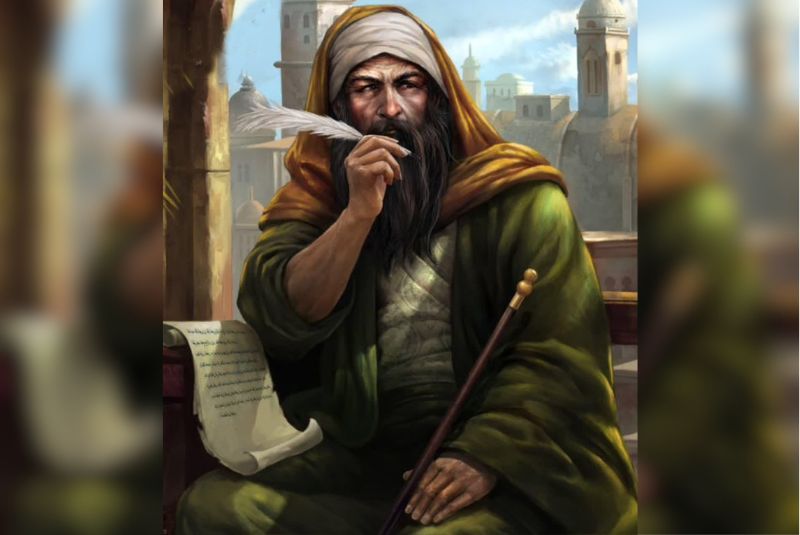
دلا در راه حق گیر آشنایی
اگر خواهی که یابی روشنایی
در افتادی به دریای حقیقت
مشو غافل همی زن دست و پایی
O heart, take acquaintance on the path of truth,
If you seek illumination, hold on to this sleuth.
If you fall into the sea of reality,
Don't be heedless, struggle with hands and feet in vitality.
One of the most ancient Persian poets, Farid ud-Din Attar, commonly known as Attar, was born around 1142 CE in Nishapur, located in present-day Iran. He lived during a period of political and cultural change, witnessing the Mongol invasions that shaped the landscape of the Islamic world. Little is known about Attar's personal life, but his profound impact on Persian literature endures.
Poetic Style:
Attar's poetic style is characterized by its allegorical richness, mystical themes, and deep philosophical insights. He is particularly known for his use of symbolism and metaphors, often drawing inspiration from Sufi mysticism. Attar's works are a blend of poetic beauty and spiritual wisdom.
Famous Works:
Attar’s masterwork, "The Conference of the Birds" (Mantiq al-Tayr), is a Sufi allegorical poem that explores the path of self-discovery and union with the divine. This epic poem narrates the journey of a group of birds seeking the Simurgh, a mythical bird symbolizing the divine. Other notable works include the "Divan-e Attar," a collection of lyric poetry, and "Mukhtar al-Sihah," a comprehensive Persian dictionary.
| Read more: Attar of Nishapur
Rumi (Mowlavi) (1207–1273 CE): Whirling Dervish of Divine Love
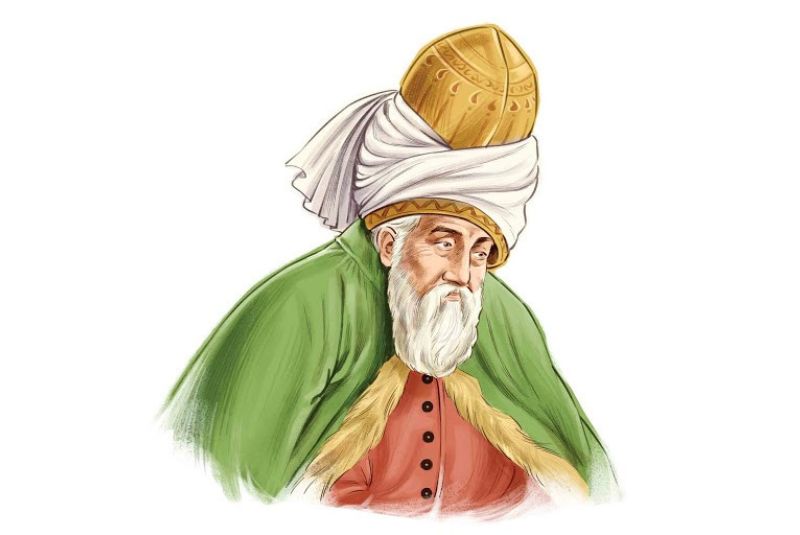
این جهان زندان و ما زندانیان
حفره کن زندان و خود را وا راهان
This world is a prison and we are its inmates,
Dig a hole in the prison and find the escape gates.
Jalal ad-Din Muhammad Rumi, commonly known as Rumi, was born on September 30, 1207, in Balkh (present-day Afghanistan). Due to political unrest, his family eventually settled in Konya, Anatolia (modern-day Turkey). Rumi lived during a transformative period in Islamic history, witnessing both cultural and intellectual shifts.
His nickname "Mevlana" reflects his connection to the Mevlevi Order, a Sufi order known for its whirling dervishes, which Rumi founded.
Poetic Style:
Rumi's poetic style is characterized by its profound mysticism, love, and spiritual insight. His poetry transcends cultural and linguistic boundaries, appealing to the human soul on a universal level. Rumi's work is primarily written in Persian, and his poetry is deeply rooted in Sufi mysticism, emphasizing the pursuit of divine love and the unity of all existence. His philosophical approach centers on the idea of spiritual transformation and the awakening of the soul.
Famous Works:
Rumi's most renowned work is the "Masnavi" or "Mathnawi," a six-volume epic poem that explores themes of love, spirituality, and the journey of the soul towards union with the divine. Another significant collection is the "Divan-e Shams-e Tabrizi," a compilation of Rumi's lyric poetry inspired by his deep friendship with the mystic Shams Tabriz.
Rumi's greatness lies in his ability to articulate the ineffable aspects of spiritual experience through poetry. His verses convey the transformative power of love and the pursuit of divine knowledge.
Saadi (c. 1210–1291 CE): Master of Prose and Poetry
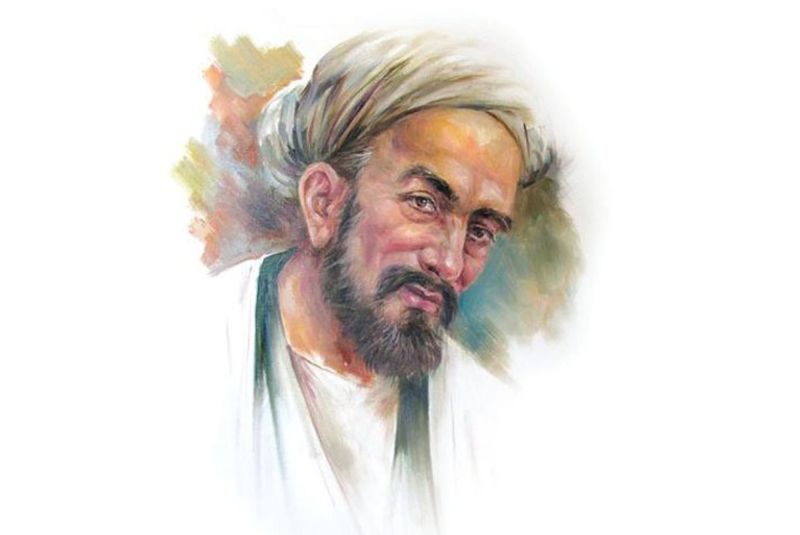
سعدیا! گرچه سخندان و مصالح گویی
به عمل کار برآید به سخندانی نیست
Saadi, even if you speak eloquently and wise,
Actions, not words, true worth comprises.
Abu-Muhammad Muslih al-Din bin Abdallah Shirazi, known as Saadi, was born around 1210 CE in Shiraz, Iran. He lived during a period marked by cultural and intellectual flourishing. Saadi's life was characterized by extensive travels, allowing him to experience a diverse range of cultures and perspectives.
Saadi is also known as "Master of Speech" (Khatib), a title that underscores his mastery of language and the eloquence of his poetry.
Poetic Style:
Saadi's poetic style is characterized by its eloquence, simplicity, and profound wisdom. His verses often blend moral teachings with a deep understanding of human nature. Saadi is known for his masterful use of language, employing anecdotes, allegories, and humor to convey timeless truths.
Famous Works:
Saadi's most famous work is the "Gulistan" or "Rose Garden," a prose and poetry collection that explores themes of love, morality, and social justice. Another notable work is the "Bustan" or "The Orchard," a poetic anthology that contains moral and ethical reflections. Both works have been widely translated and continue to be studied for their literary and philosophical merits.
Saadi's poetry reflects the humanistic and moral concerns of his time. He drew inspiration from various philosophical traditions, emphasizing the importance of ethical conduct, empathy, and the pursuit of wisdom.
| Discover: Saadi Shirazi
Hafez (c. 1315–1390 CE): The Divan of Persian Love Poetry
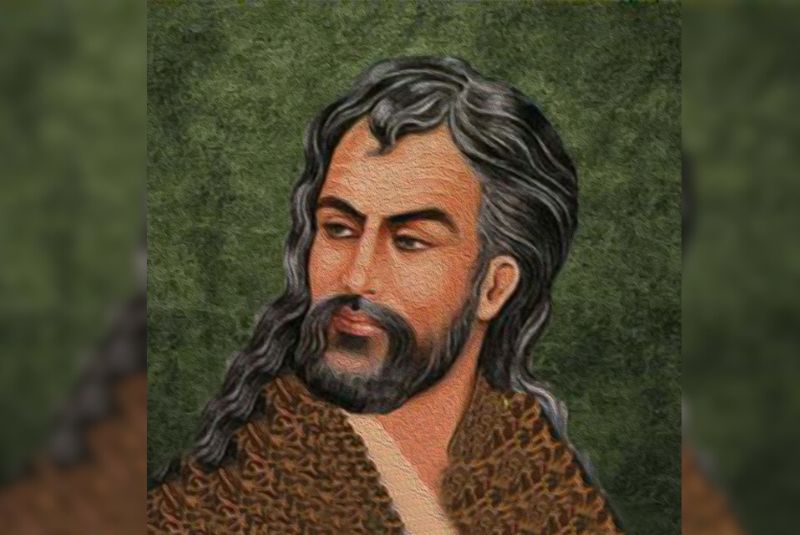
درخت دوستی بنشان که کام دل به بار آرد
نهال دشمنی برکن که رنج بیشمار آرد
Plant the tree of friendship; let joy bear its load,
Uproot the sapling of enmity; avoid a painful abode.
Khwāja Shams-ud-Dīn Muhammad Hafez-e Shirazi, commonly known as Hafez, was born around 1315 CE in Shiraz, Iran. Little is known about his personal life, but his poetry reveals a deep connection to the cultural and intellectual milieu of his time.
Hafez is often affectionately referred to as "Hafez-e Shirazi" or simply "Hafez" signifying his memorization of the Quran, a feat that earned him the respect and admiration of his contemporaries. His tomb in Shiraz, known as the Hafezieh, has become a place of pilgrimage for lovers of Persian poetry.
Poetic Style:
Hafez's poetic style is marked by its beauty, emotional depth, and profound mystical themes. He mastered the ghazal form, a poetic genre that explores themes of love, spirituality, and the transience of life. Hafez's verses often employ rich symbolism, drawing on Sufi imagery to convey layers of meaning.
Famous Works:
Hafez's most famous collection is the "Divan-e-Hafez," a compilation of ghazals that has been cherished for its lyrical beauty and spiritual depth. The Divan has been extensively studied, translated, and revered not only in the Persian-speaking world but also globally. Hafez's poetry is often consulted through the traditional practice of "faal-e Hafez," where people seek guidance by randomly opening the Divan to a page and interpreting the poem revealed, specially at Nowruz and Shab-e Yalda.
| Read more: Tomb of Hafez
Jami (1414–1492 CE): Scholar of Mystical Literature
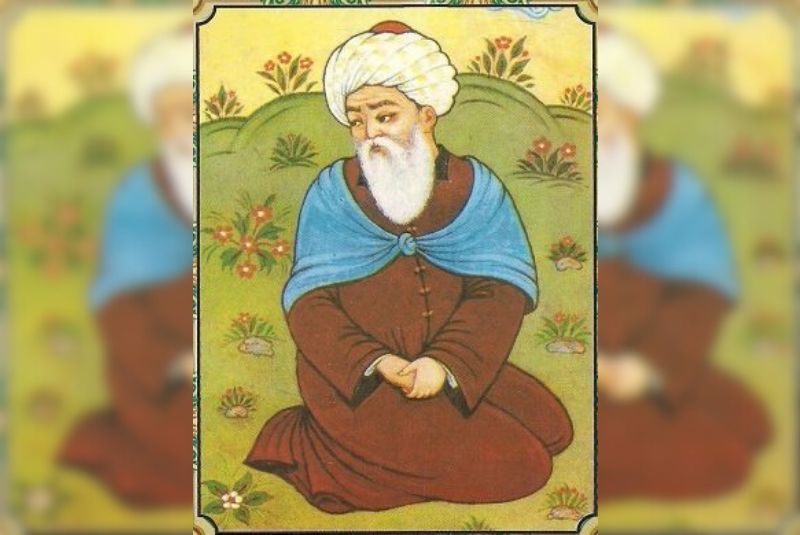
هزاران عاقل و فرزانه رفتند
ولی از عاشقی بیگانه رفتند
نه نامی ماند از ایشان نی نشانی
نه در دست زمانه داستانی
Thousands of wise and learned have departed,
Yet, from love, as strangers they charted.
No name remains, nor a trace,
In the hands of time, no story to embrace.
Nur ad-Din Abd al-Rahman Jami, commonly known as Jami, was born in 1414 CE in Jam, a small town near Herat in present-day Afghanistan. Jami lived during the Timurid Renaissance, a period of cultural and intellectual flourishing. He was not only a poet but also a scholar, mystic, and prolific writer.
Jami earned the nickname "Sultan of Persian Sufi Poetry" due to his mastery of both poetry and Sufi thought. His contributions to Persian literature have secured him a lasting place among the greatest Persian poets throughout the history.
Poetic Style:
Jami's poetic style is characterized by its eloquence, sophistication, and versatility. He excelled in various poetic forms, including ghazals, masnavis, and quatrains. Jami's work often blends classical Persian literary traditions with Sufi mysticism, creating a harmonious synthesis of form and content. His works explore themes of love, divine wisdom, and the quest for spiritual enlightenment.
Famous Works:
One of Jami's most famous works is the "Haft Awrang" or "Seven Thrones," a monumental collection of seven masnavis. Another notable work is the "Yusuf and Zulaikha," an allegorical poem that explores themes of love and spiritual transformation. Jami's poetry has been widely appreciated for its aesthetic beauty, moral teachings, and philosophical depth.
Bottom Line
Persian literature thrives on a rich tradition of lyrical storytelling, showcased through diverse and captivating poetic forms. The innate talent of Persian poets, demonstrated throughout history, reflects their mastery in expressing a wide spectrum of human emotions with precision and artistry. Experience the beauty of Persian poetry and immerse yourself in its lyrical brilliance.
Share your story!
Comment below and let us know about your Experience.
Your story inspires others!


Comment
Leave a Comment